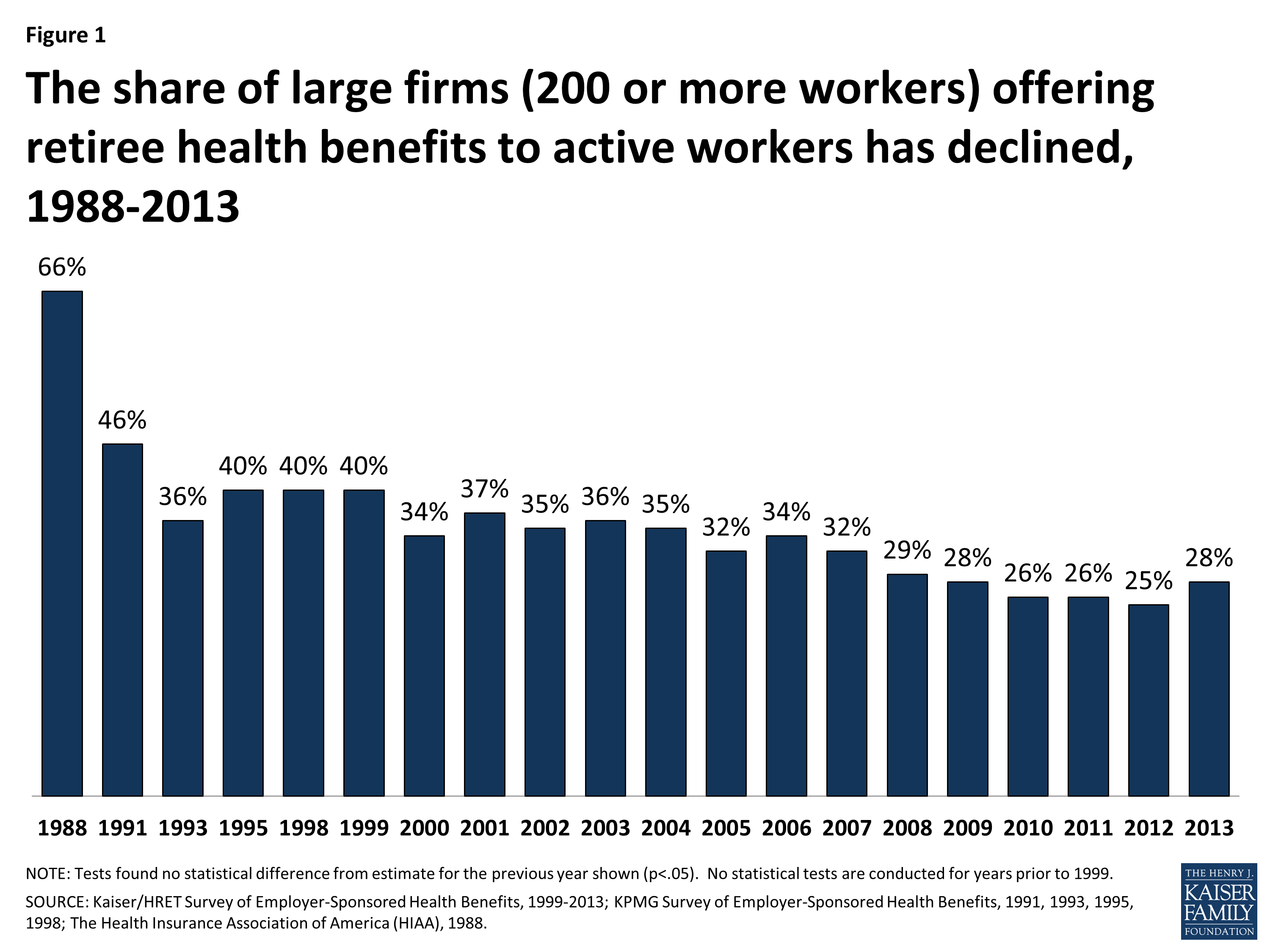Indicators on Medicare Advantage Agent You Should Know
Indicators on Medicare Advantage Agent You Should Know
Blog Article
The 5-Second Trick For Medicare Advantage Agent
Table of ContentsIndicators on Medicare Advantage Agent You Should KnowMedicare Advantage Agent for DummiesAbout Medicare Advantage Agent

follows from confusing the relatively young age profile of the without insurance with the far better wellness, on average, of more youthful individuals. This covers the web link in between health and wellness standing and health and wellness insurance policy. For those without accessibility to workplace health insurance coverage, bad wellness is a possible obstacle to buying nongroup protection since such coverage might be highly valued, exclude pre-existing conditions, or be just unavailable. The variety of without insurance Americans is not specifically huge and has actually not changed in the last few years. 7 out of 10 participants in a nationally representative survey assumed that less Americans did not have medical insurance than really do(Fronstin, 1998). Approximately half(47 percent )thought that the number of people without wellness insurance policy reduced or stayed constant over the latter half of the last years(Blendon et al., 1999). This decrease of practically 2 million in the variety of individuals 'without insurance coverage (a reduction
of about 4 percent)is definitely a positive adjustment. With a softer economic climate in 2000 the current reported gains in insurance policy protection may not continue(Fronstin, 2001 ). The decline in the number of uninsured will not continue if the economic situation stays slow and healthcare prices remain to outmatch rising cost of living. This is since the data were gathered for a duration of solid financial efficiency. Of the estimated 42 million people that were without insurance, just about regarding 420,000(about 1 percent)were under 65 years old, the age at which most Americans end up being qualified for Medicare; 32 million were adults between ages 18 and 65, about 19 percent of all grownups in this age team; and 10 million were youngsters under 18 years old, about 13.9 percent of all children (Mills, 2000). These estimates of the number of persons without insurance are created from the yearly March Supplement to the Present Populace Study (CPS), carried out by the Census Bureau. Unless otherwise kept in mind, national price quotes of individuals without health and wellness insurance coverage and proportions of the populace with different type of coverage are based on the CPS, the most widely utilized resource of estimates of insurance protection and uninsurance prices. These studies and the quotes they yield are described briefly in Table B. 1 in Appendix B - Medicare Advantage Agent. These studies differ in dimension and sampling approaches, the questions that are asked about insurance coverage
The 4-Minute Rule for Medicare Advantage Agent
protection, and the moment duration over which insurance policy protection or uninsurance is gauged(Lewis et al., 1998, Fronstin, 2000a ). Still, the CPS is especially helpful due to the fact that it produces annual quotes fairly swiftly, reporting the previous year's insurance coverage estimates each September, and because it is the basis for a constant set of price quotes for more than two decades, permitting evaluation of patterns in insurance coverage with time.

Medicare Advantage Agent Fundamentals Explained
Over a three-year period starting early in 1993, 72 million individuals, 29 percent of the united state populace, were without coverage for at least one month. Within a single year(1994), 53 million people experienced at the very least a month without coverage(Bennefield, 1998a). 6 out of every 10 without insurance grownups are themselves employed. Although working does enhance the probability that a person and one's household participants will certainly have insurance policy, it is not an assurance. Even members of family members with two permanent breadwinner have almost a one-in-ten chance of being uninsured (9.1 percent without insurance price)(Hoffman and Pohl, 2000 ). The connection between health and wellness insurance policy and accessibility to care is well developed, as recorded later in this chapter. Although the relationship between health insurance policy and wellness outcomes is neither straight neither simple, a considerable clinical and health services study literary works links medical insurance coverage
to better accessibility to care, much better quality, and boosted individual and populace health standing. The second report, on personal wellness results for uninsured grownups, is represented by the innermost circle of the figure, while the 3rd record, on family members health, encompasses the subjects of the second report yet highlights a various system of evaluation, specifically, the family. The sixth record in the collection will present information concerning methods and initiatives embarked on in your area, statewide, or country wide to resolve the lack of insurance coverage and its damaging influences. Degrees of evaluation for analyzing the results of uninsurance. This discussion of medical insurance coverage concentrates primarily on the U.S. populace under age 65 since practically all Americans 65 and older have Medicare or other public insurance coverage.
It focuses particularly on those without any wellness insurance for any kind of click reference length of time. The issues faced by the underinsured remain in some areas comparable to those faced by the without insurance, although they are generally less serious. Uninsurance and underinsurance, nonetheless, involve clearly different plan problems, and the approaches for resolving them might vary. Throughout this research and the 5 records to follow, the major emphasis is on individuals without health and wellness insurance policy and thus no help in paying for wellness treatment past what is available through charity and security internet institutions. Medical insurance is a powerful factor impacting invoice of care since both patients and doctors react to the out-of-pocket price of solutions. Wellness insurance policy, nevertheless, is neither needed nor adequate to access to medical services. The independent and direct impact of health
insurance coverage protection access accessibility health wellness is well established. Others will certainly get the healthcare they need also without medical insurance, by spending for it expense or seeking it from companies who supply treatment free or at highly subsidized rates. For still others, health and wellness insurance alone does not guarantee invoice of treatment due to various other nonfinancial barriers, such as an absence of healthcare providers in their area, minimal access to transportation, illiteracy, or linguistic and social differences. Official study concerning uninsured populaces in the United States dates to the late 1920s and very early 1930s when the Committee on the Expense of Treatment generated a series of reports concerning funding medical professional office check outs and hospital stays. This issue came to be significant as the numbers of medically indigent climbed up during the Great Clinical depression. Empirical research studies consistently support the link in between access to care and boosted health and wellness results(Bindman et al., 1995; Starfield, 1995 ). Having a normal source of treatment can be considered a predictor of access, instead of a direct measure of it, when wellness end results are themselves used as accessibility signs. This extension of the notion of gain access to dimension was made by the IOM Board on Monitoring Gain Access To to Personal Healthcare Provider(Millman, 1993, p. Whether parents are insured shows up to impact whether their youngsters obtain treatment as well as just how much careeven if the kids themselves have protection(Hanson, 1998). The health and wellness of moms and dads can affect their capability to look after their children and the level of family members tension. Bothering with their youngsters's accessibility to care is itself a resource of tension for moms and dads. Three phases click reference follow in this record. Chapter 2 gives a summary of exactly how employment-based wellness insurance, public programs and individual insurance coverage run and communicate to give substantial yet insufficient protection of the united state populace. This includes a review of historical trends and public laws influencing both public and private insurance policy, a discussion of the communications amongst the various sorts of insurance coverage, and an evaluation of why individuals move from one program to one more or wind up
.png)
Report this page